Organised by the Royal Observatory Greenwich “Astrophotographer of the Year” The competition celebrated its 16th invitation this year. The international jury – of which Dr. László Fransisks, President of the Hungarian Astrophotographers Association, was a member for the fifth time – selected the best from over 3,700 entries. A total of 140 images from 58 countries reached the finals.
Hungarian astrophotographers have performed admirably in the competition so far, but this year's success surpassed all previous ones: 12 Hungarian images reached the finals, and 5 prizes were awarded to local astrophotographers, including two first places.
Peter Veltuti and Bence Toth: Echoes of the Past – Galaxies, 1st Place
The image shows the galaxy NGC 5128, also known as Centaurus A. The special feature of the recording is that it shows in great detail the tidal system around the galaxy and the relative flow originating from the supermassive black hole at its center. Peter Veltoti and Bence Toth, who captured the images, took the images in parallel with the same equipment during an expedition to Namibia, and then combined the shots during processing, which Bence Toth processed. According to the jury's assessment, this astronomical image shows Centaurus A in outstanding quality, highlighting its unique characteristics and turbulent past.

Echoes of the past (Photo: Peter Veltoti and Bence Toth)
Gabor Balazs: Iridum Sinus Shadow Peaks – Our Moon, 1st Place
The recording by Gabor Balazs captures a magnificent part of the Moon, the 260-kilometre-wide Sinus Iridum, meaning “Bay of Rainbows”. The lateral sunlight highlights the fine details of the craters and mountain ranges, especially the play of shadows and lights observed along the dividing line, emphasizing the dynamics of the Moon’s surface. The image clearly shows the small craters bordering the bay and the shadow peaks spreading in a semicircle. According to the jury’s assessment, the image not only demonstrates the capabilities of modern astronomical imaging equipment, but also provides insight into the geology of the Moon.
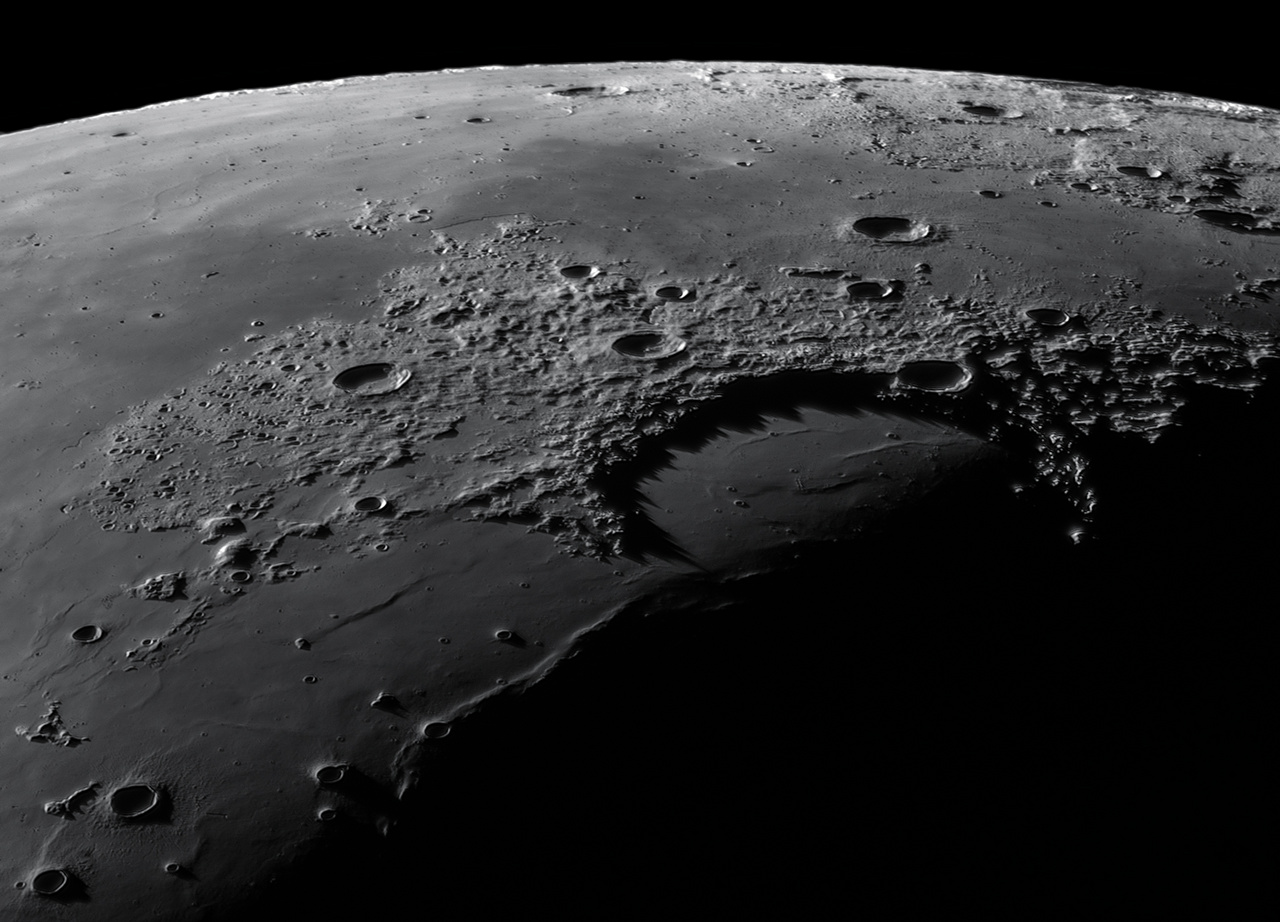
Shadow peaks of the iridium sinus (Photo: Gabor Balazs)
Lorand Viennese: Venus and Moon in Infrared – Holdonk, II. Placement
Captured by Lóránd Fényes during the eclipse of Venus on November 9, 2023 in category 2. A picture of your situation. The monochrome rendering made with an infrared filter creates a special artistic effect, highlighting the fine details and textures of the two celestial bodies. In the composition, the Moon extends from one corner to the other, while Venus is positioned according to the golden ratio rule, creating a unique balance between science and art.
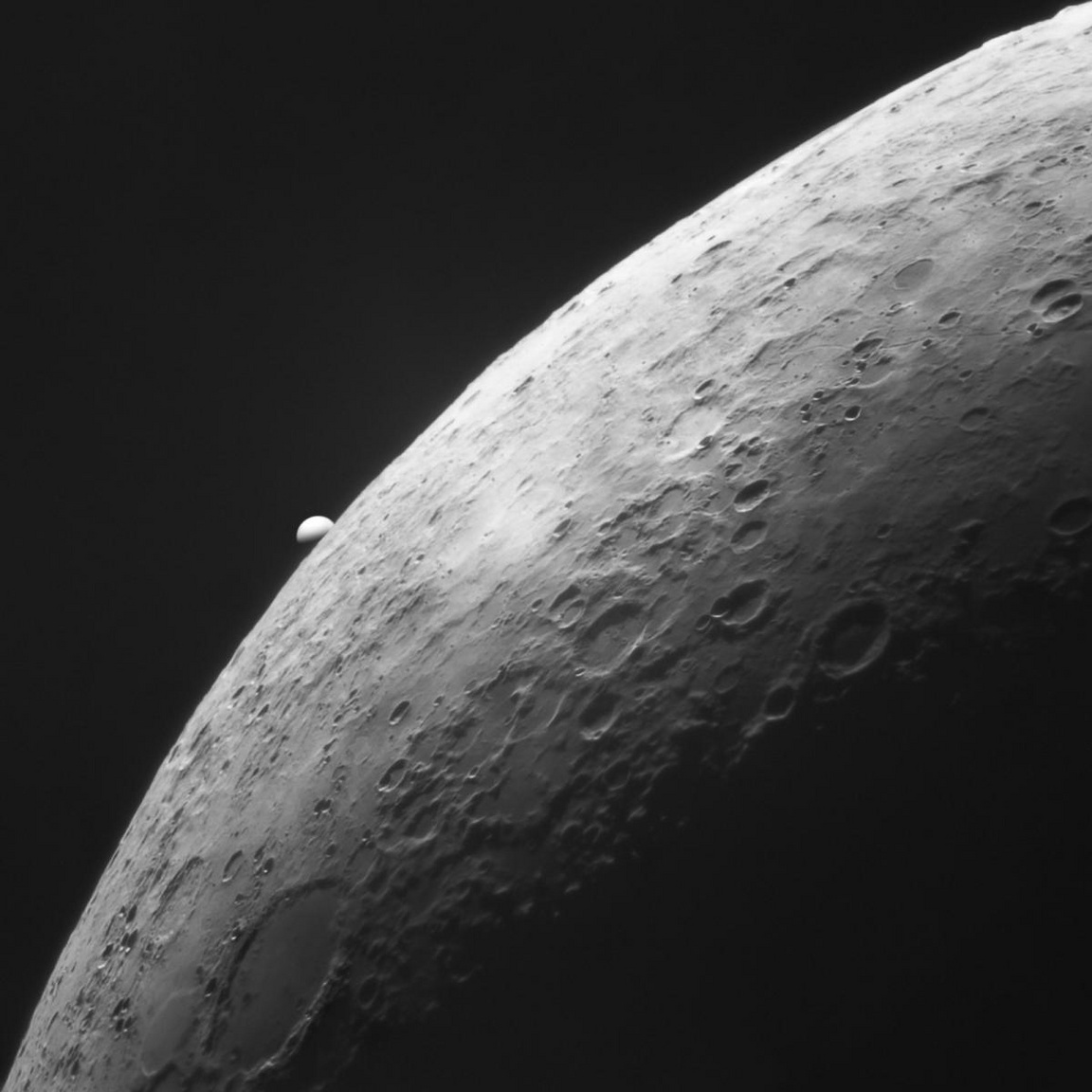
Venus and Moon in Infrared (Photo: Lorand Vince)
Andras Papp: Blue turns red, the sun turns – Napunk, III. Placement
András Papp's innovative image shows the movements of the Sun's surface using the Doppler-Visio effect. The blue and red shades of the image indicate the approaching and receding plasma, as well as the rotation of the Sun. The use of a special home-made spectrometer not only provides an aesthetic experience, but also carries valuable information from a scientific point of view.
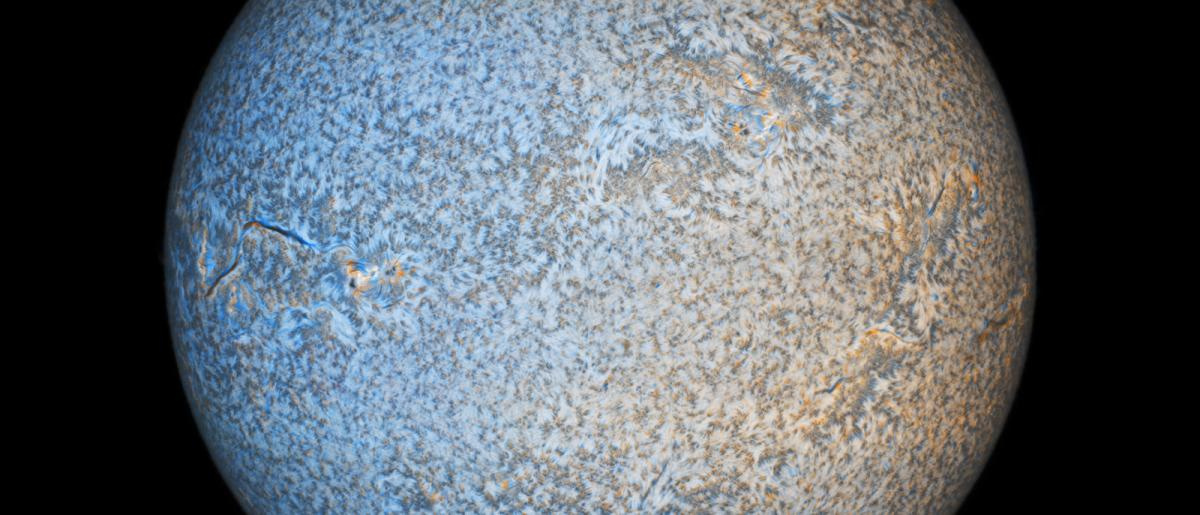
Blue turns red, our sun rotates (Photo: Andras Pape)
Penn's Tooth: Antares Region – Stars and Nebulae, III. Placement
This shot by Bence Toth from Namibia shows the rich clouds of dust and gas surrounding the star Antares. The image shows one of the most colorful regions of the southern sky, revealing fine details of various nebulae and interstellar material. He used a telephoto lens and mosaic technique to achieve a wide field of view.
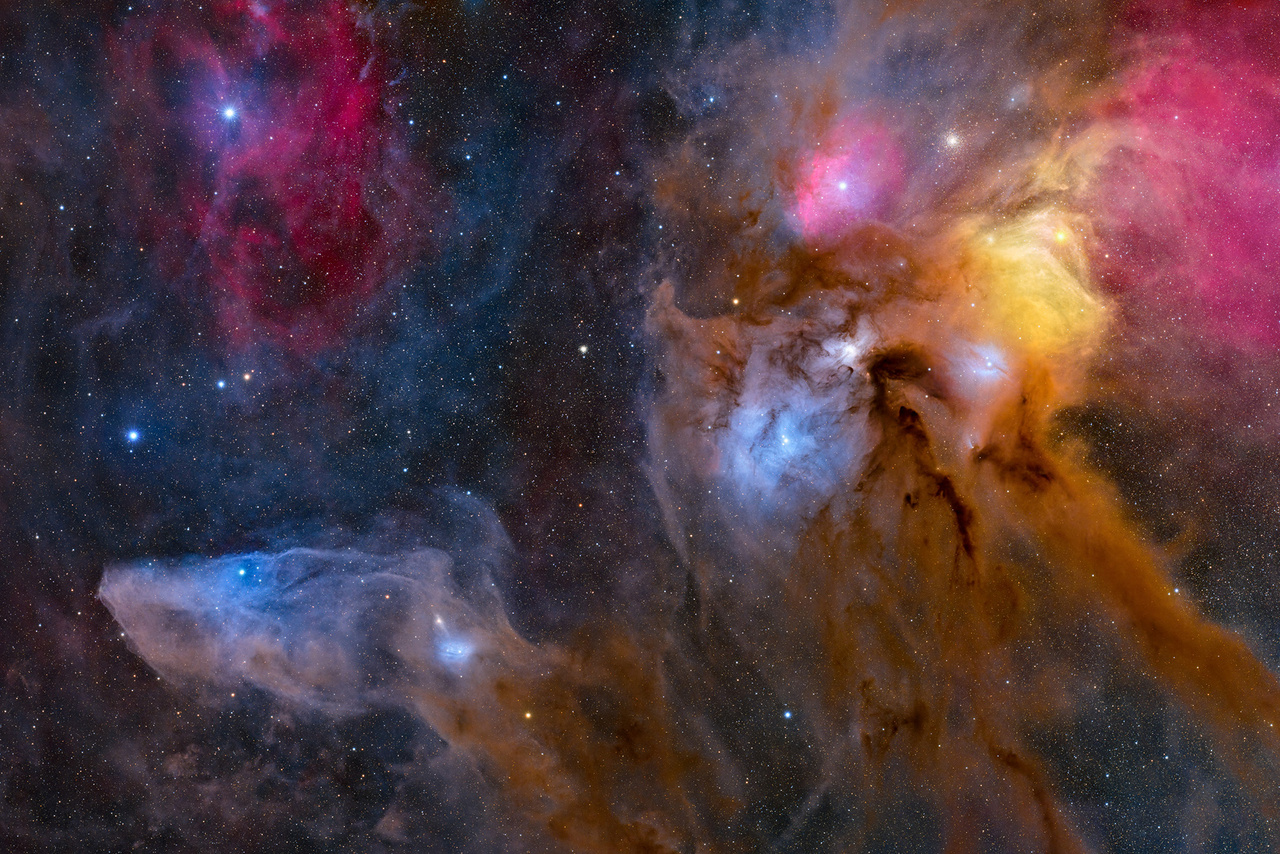
Antares area (Photo: Bence Toth)
Hungarian entries that reached the finals
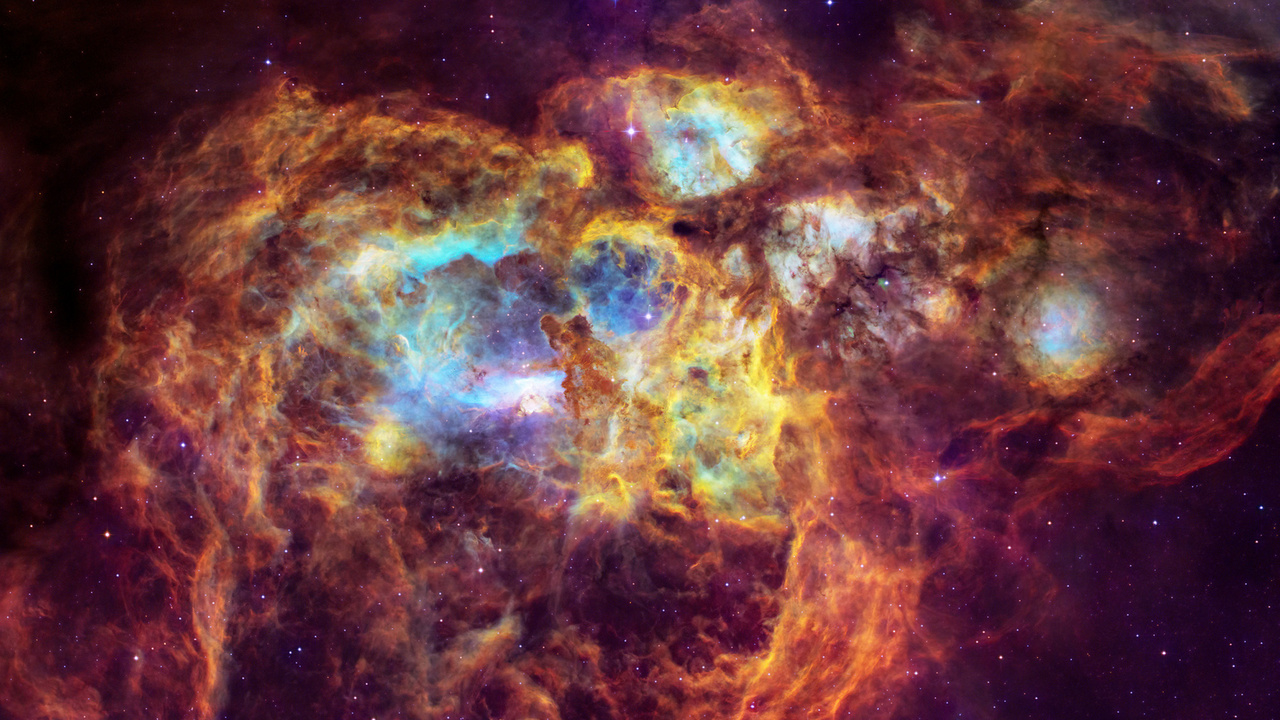
Lobster Nebula – Stars and Nebulae (Photo: Peter Veltoti)

Heaven is far away – Astronomical view (Photo: Peter Hoszang)
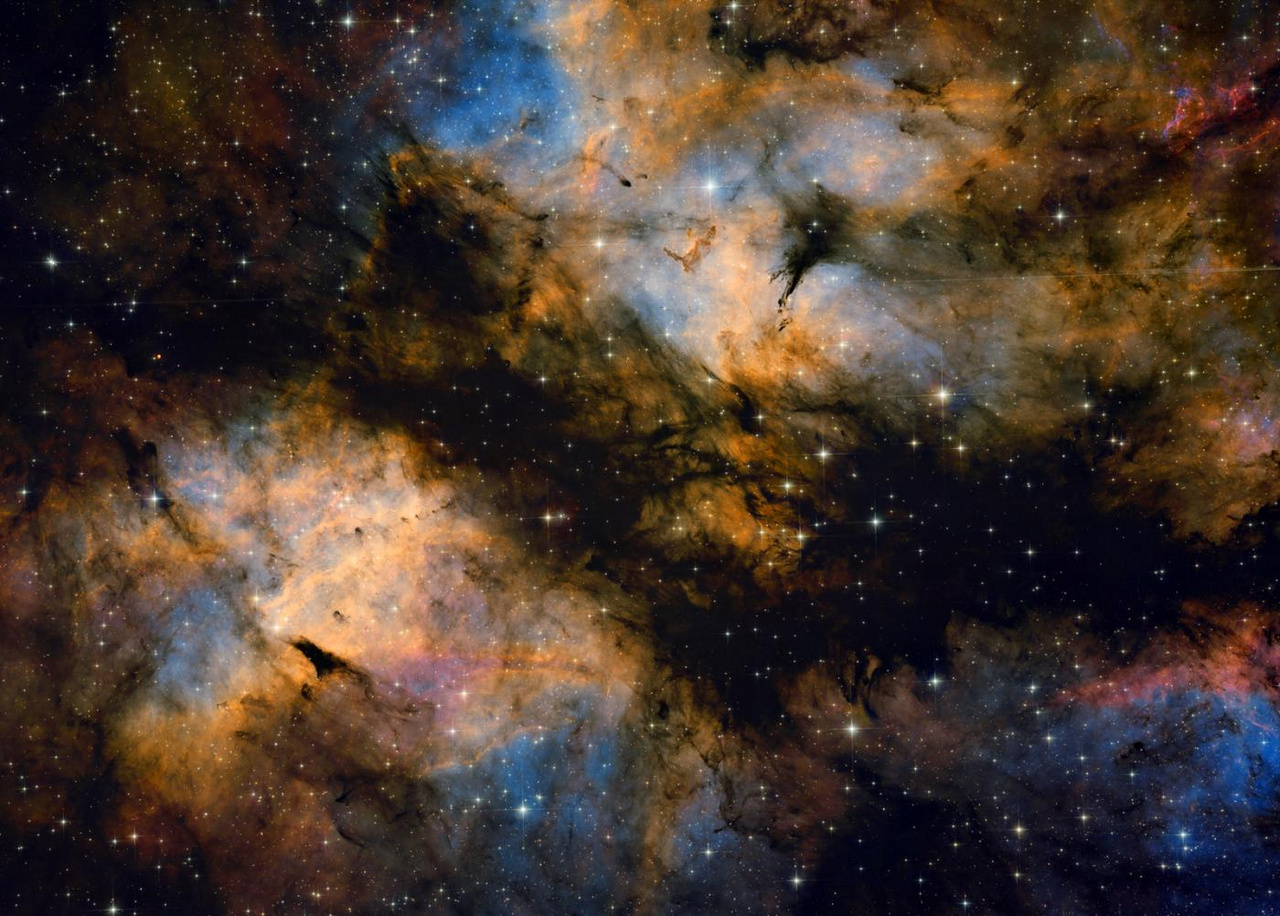
Symphony Cloud – Stars and Nebula (Photo: Istvan Maj)
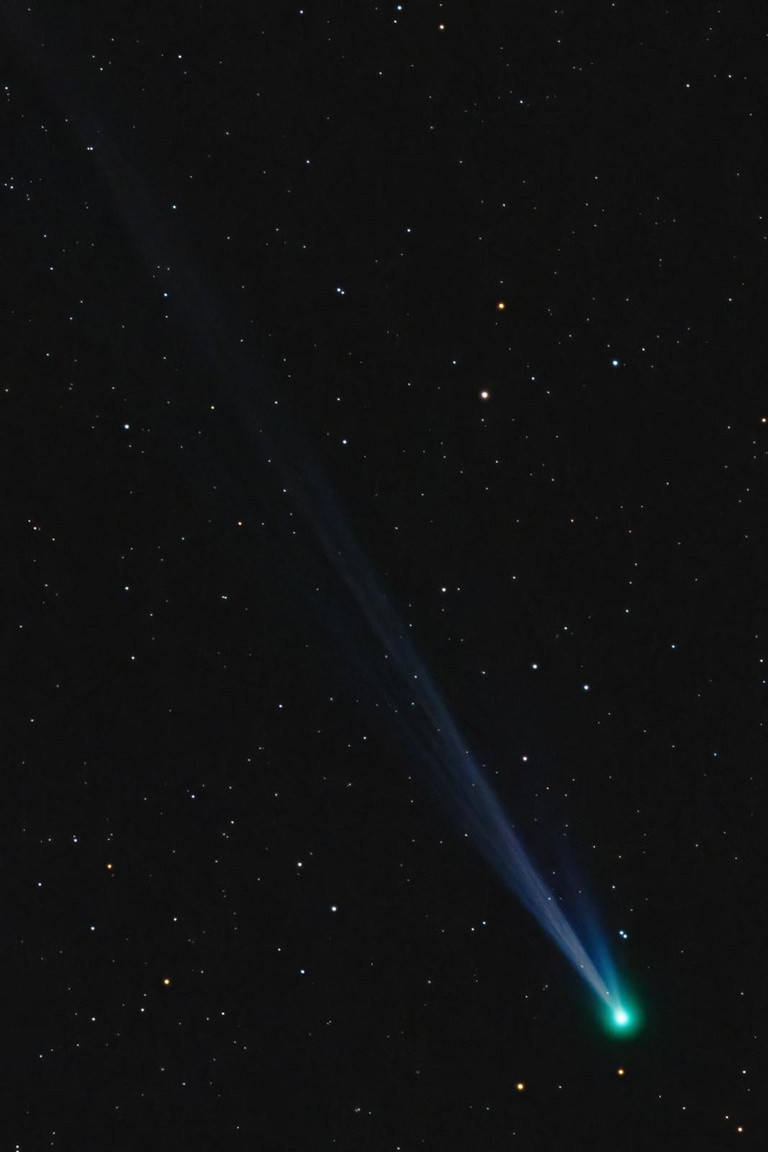
Forked Tail Comet C/2023 P1 (Nishimura) – Planets, Comets, Asteroids (Photo: Majzik Lionel)

Phoenix – Stars and Nebulae (Photo: Bence Toth)
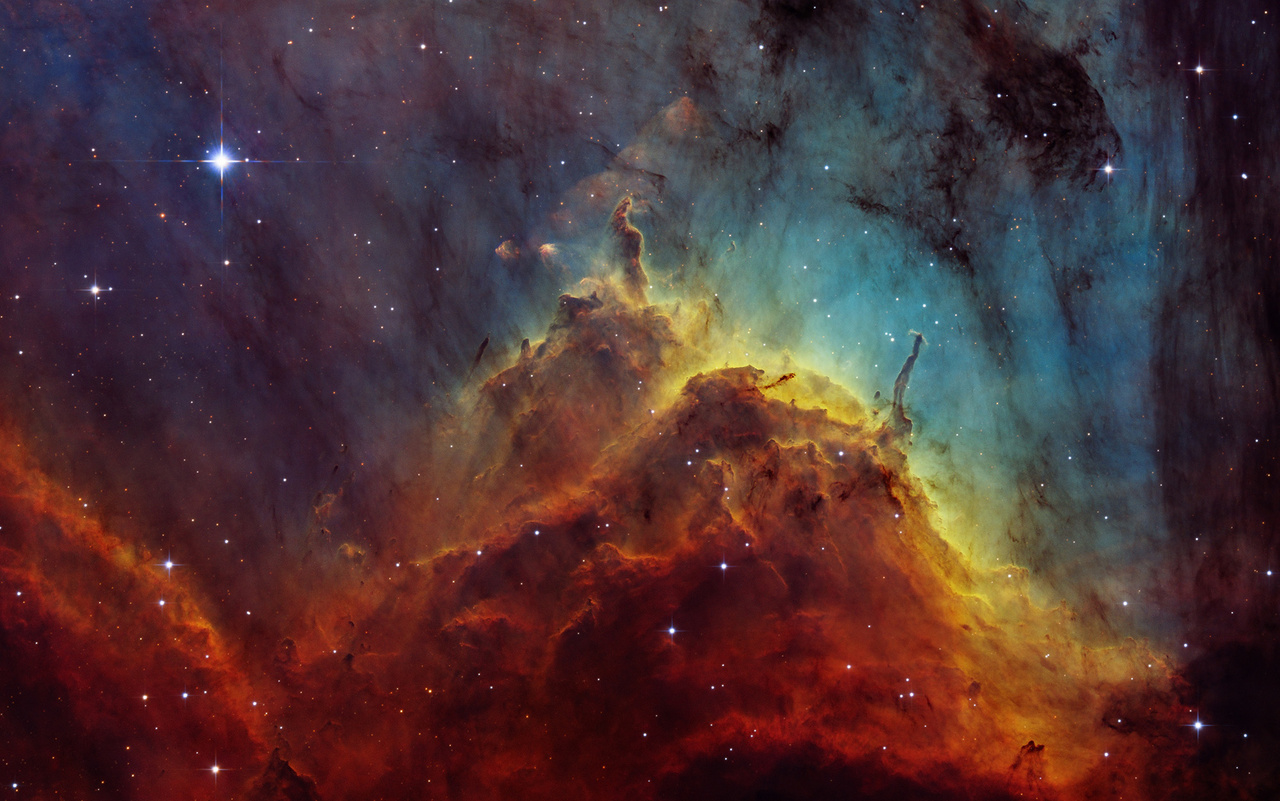
Misty Mountains – Stars and Fog (Photo: Bence Toth)
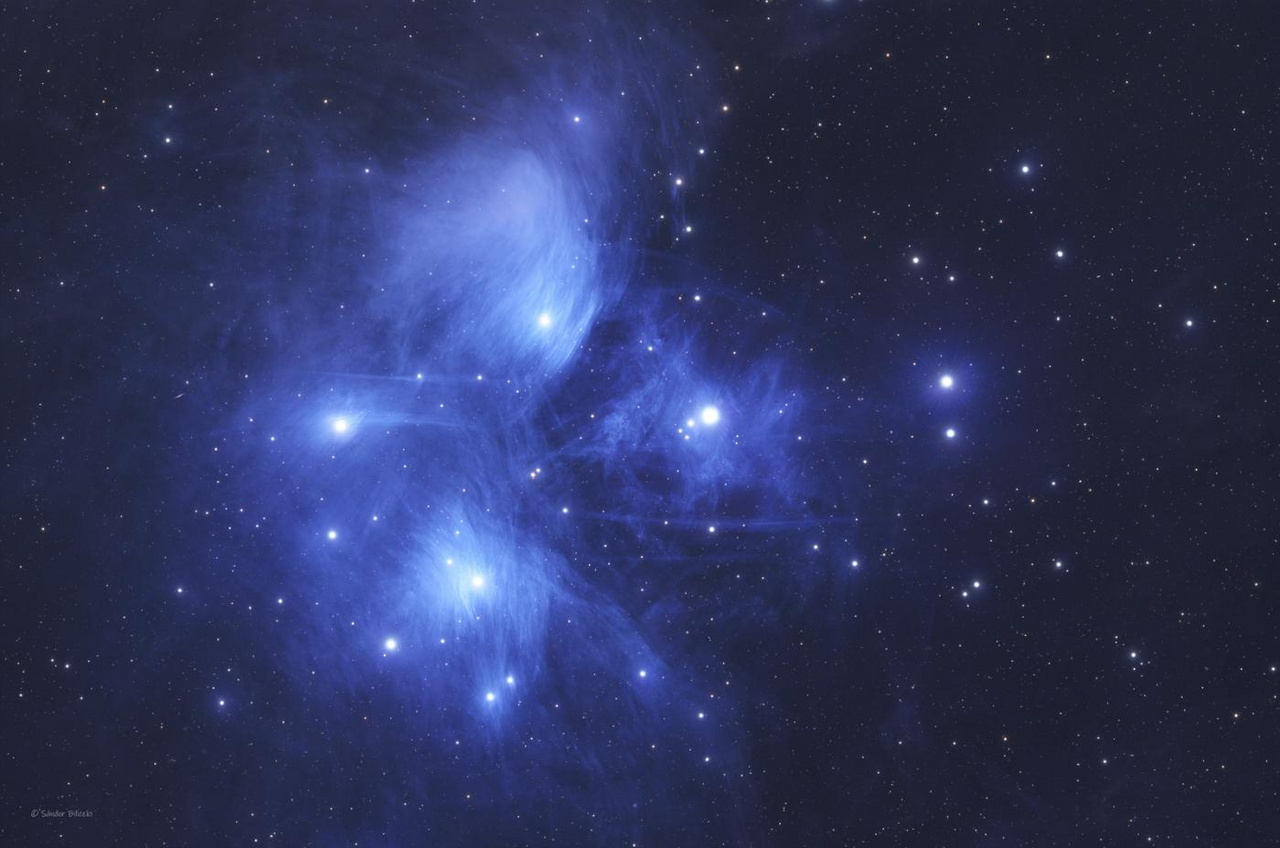
Blue Details of M45: Pleiades – The Most Important Newcomers (Photo: Sandor Bilicki)
Absolute winner
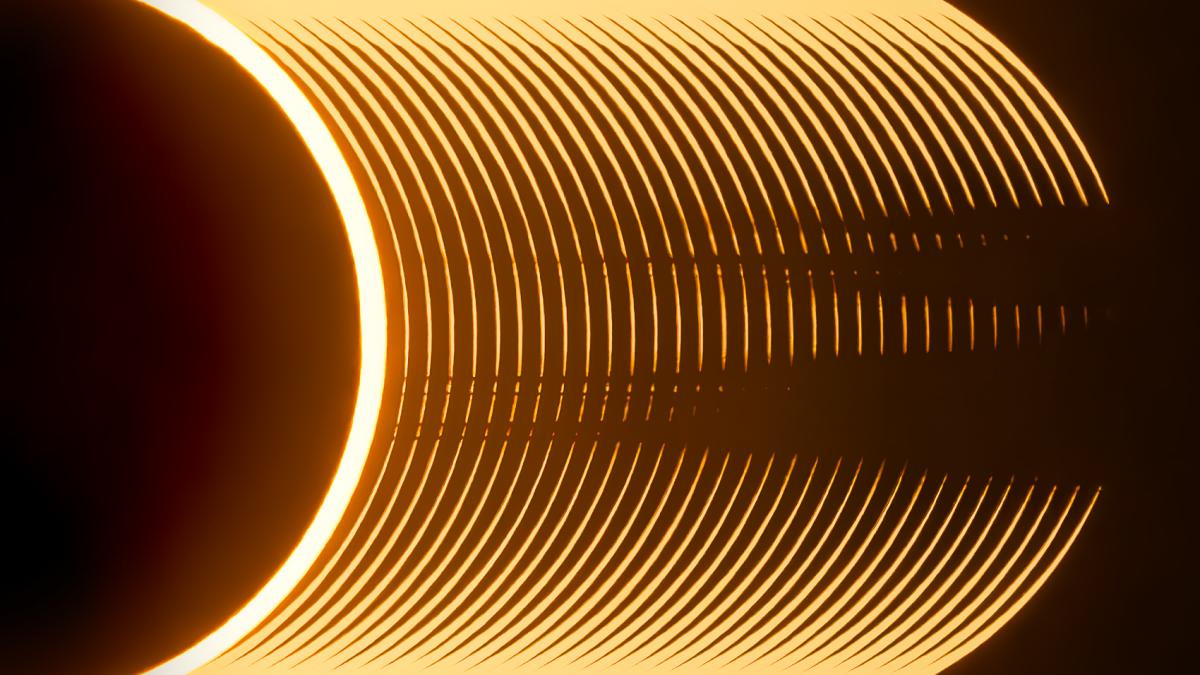
American photographer Ryan Imperio won the main prize for his composite shot of the annular solar eclipse on October 14, 2023. Photographing solar eclipses is extremely challenging due to the short time window, the movement of subjects, and the dramatically changing lighting conditions. Imperio’s goal was to capture the changes in Bailey’s string of pearls, which last only seconds. During this phenomenon, due to the unevenness of the Moon’s surface—craters, valleys, and mountains—sunlight can only penetrate at certain points, creating a striking light effect resembling a string of pearls on the edge of the Moon. (Photo: Ryan Imperio (USA)







